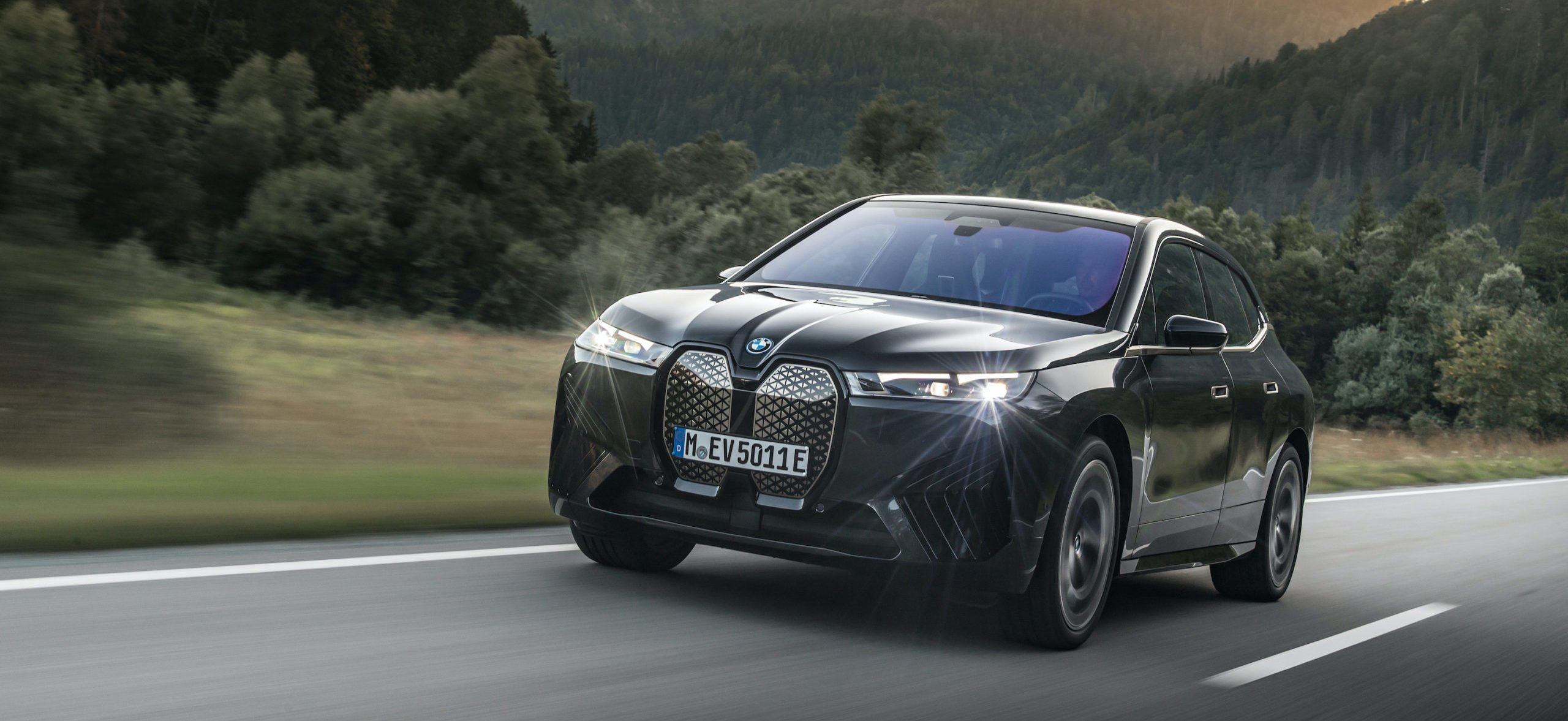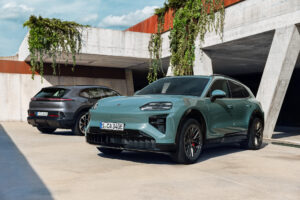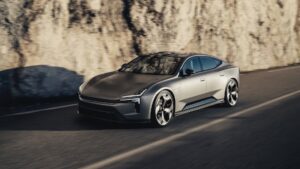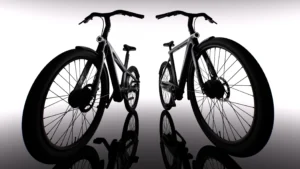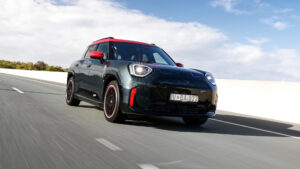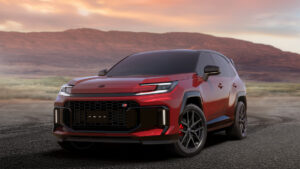You can’t go far these days without seeing, reading, or (just) hearing an electric vehicle. They’re fast, futuristic, efficient, full of technology, and most important of all, necessary for the future of sustainable transport. However, while it’s common to compare acceleration figures and battery range, most people are still confused by even the most commonly used terms. From endless acronyms to crazy chemicals, our comprehensive A-Z glossary will have you discussing, browsing, and ultimately, driving electric cars with confidence.
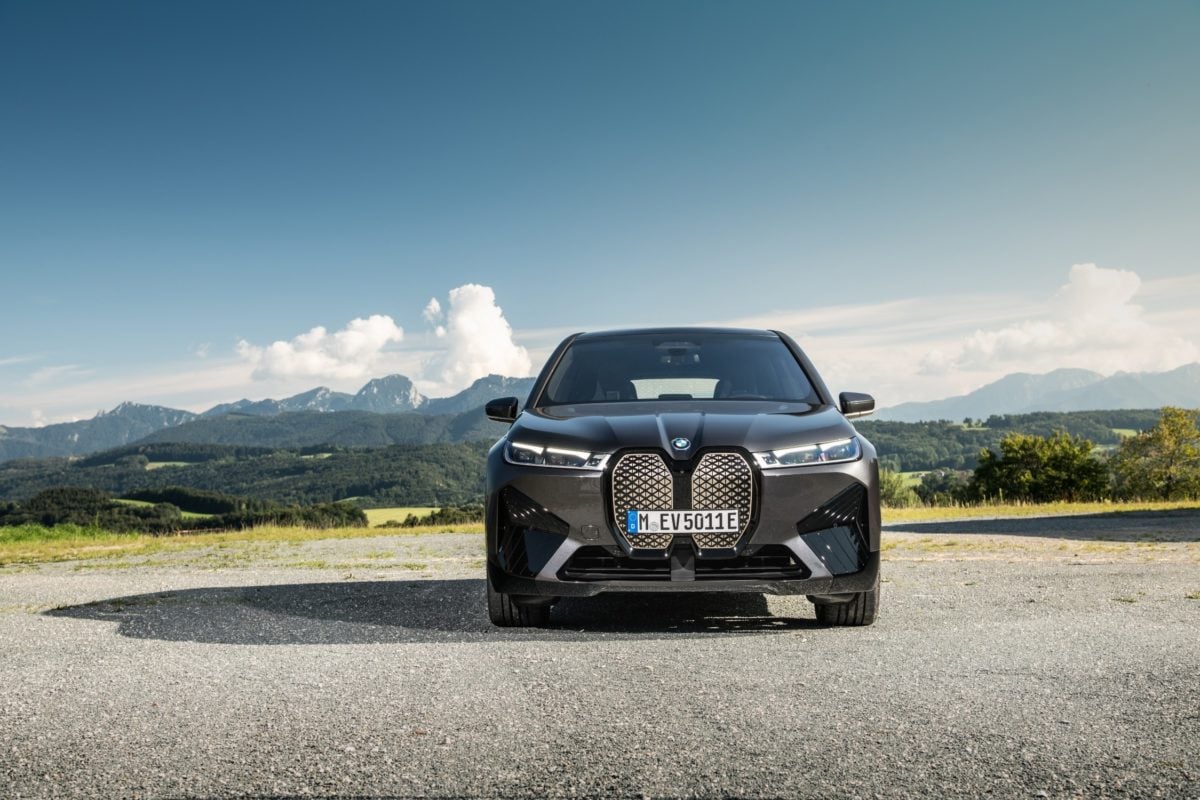
A Complete Glossary Of EV Terms You Need To Know:
All-Electric Range (AER): The range (distance) an electric car is able to travel solely on its own power source.
Battery Management System: The brains behind the battery. Manages power supply, temperature, regulates charging… anything the battery does, is managed by the BMS.
Charge Point: Any location where you can top up your electric sled. At home, work, or any of the 3,000 public chargers scattered around Australia. As the infrastructure improves, charge points can be found all over regional and rural Australia.
DC Charging/Fast Charging: The fastest way to charge your electric vehicle. Australia has approximately 470 public fast chargers in our network, with more being built as we speak. They can fully charge most models in half an hour but are scarcer due to their supply cost and the more substantial electrical infrastructure required to power them.
EV (Electric Vehicle): The elephant in the room! You’ve probably got this one, but just in case, it’s any vehicle that’s fully powered by electricity and an electric motor.
EREV (Extended-range electric vehicles): Vehicles that can run on a petrol engine if the battery gets low. Picture having a generator in the boot, but a little more sophisticated.
Fuel Cell Electric Vehicle: Usually associated with hydrogen, a fuel cell is an alternative power source to a traditional battery when generating power.
GHG (Green House Gas): A gas (such as Carbon Dioxide) that contributes to global warming through the greenhouse effect by absorbing infrared radiation.
Hybrid Electric Vehicle (HEV): A vehicle that has both an electric motor and a petrol engine. The battery’s charge is supplied by the petrol engine but can’t be charged by plugging into an external electrical supply.

ICE (Internal Combustion Engine): The common petrol-powered car that we’ve known for a century. Using internal combustion to produce power. Often feels great, sounds even better, but ultimately isn’t a sustainable mass transport option going forward.
J1772 AC Charge Plug: Also known as Type 1. This plug was the standard in Australia for electric vehicles up until 2018. Now replaced with the Type 2 ‘ Mennekes ‘ plug.
Kilowatt (kW): A kilowatt is a way of measuring how much power something consumes. 1,000 watts exactly.
Kilowatt-hours (kWh): Related to the kW, but the difference is still important. A kilowatt-hour measures the energy something uses in kilowatts per hour.
LIB (Lithium-ion battery): Also known as a Li-ion, it is one of the most commonly used battery technologies in consumer products. Probably the device you’re using right now is powered by a lithium-ion battery.
Mennekes Plug: Also known as Type 2. It is the standard plug used in Australia on vehicles 2018 and onwards. Still compatible with Type 1 infrastructure via an adapter.
NEV (Neighborhood Electric Vehicle): NEVs are small, low-speed electric vehicles. Think electric Golf Carts, and vehicles of that template. NEVs are often affordable, all-electric, and can be recharged using a standard outlet.
Off-Peak Charging: Charging an electric vehicle when demand is lower on the grid. As it’s a cheaper rate, you should always try and do the bulk of your charging during these times.
PHEV (Plug-in Hybrid Electric Vehicles): Essentially a hybrid electric vehicle with the ability to be charged from an electric power source. Vehicles such as the MINI Countryman Hybrid or BMW 330e feature this technology.
Quick-Charge Plug: Found on DC fast-chargers, the two plugs have similar functionality but are slightly different. The original Type 1 Plug, known as the CHAdeMO, has been replaced by the CCS2 combo plug. Adapters between the two are readily available and often supplied by manufacturers.
Range Anxiety: When you’re worried about not making it to your destination based on the available battery charge. Most on-board computers do a great job at minimising this stress through warnings and recommendations.
Regenerative braking: A clever technology that allows the energy from braking to be captured and put back into the battery of a vehicle.

Sustainability: In environmental terms, it’s finding an ecological balance in all our actions. BMW, for example, will halve CO2 emissions per vehicle and kilometre driven by 2030 when compared to 2019 levels, proving that luxury and sustainability can go hand-in-hand without compromise.
Torque: In engineering terms, it’s the twisting force that causes rotation. Petrol engines deliver torque over a curve as revs increase, but electric motors, on the other hand, deliver maximum torque from zero revs, which is one of the reasons why they can accelerate so quickly.
Utility Rate: The rate at which a utility provider charges for electricity. Usually divided by on-peak/off-peak rates, but new providers are getting more creative. Shop around, as charging your electric car will be your largest expense after purchase.
V2G (Vehicle-to-grid): A system that allows electric vehicles to communicate with the power network by managing the flow of electricity in either direction.
Worldwide Harmonised Light Vehicles Test Procedure (WLTP): More common in European circles, the testing procedure analyses vehicle range, emissions, energy efficiency, and all the juicy bits in between. Probably won’t be mentioned down at the pub, but good to know for technical deep dives.
iX BMW. Ok ” X ” is hard. But the new platform from BMW is impressive enough to hold its own. Available in two variants, the iX will offer up to 620km range and have the capacity to add 150 kilometres of range in just 10 minutes.
Year 2050: Yep, ” Y ” was also difficult. But the year 2050 is often used as a reference point for net-zero emissions. The OECD predicts that the world population is expected to increase from 7 billion today to over 9 billion in 2050, so getting on top of emissions will be crucial going forward. Electric transport will have a large hand play at this table.
Zero Emission Vehicle (ZEV): A vehicle that emits no nasties out the exhaust. No carbon monoxide, soot, any of that stuff.
This article is proudly presented in partnership with BMW Group. Thank you for supporting the brands who support Boss Hunting.
